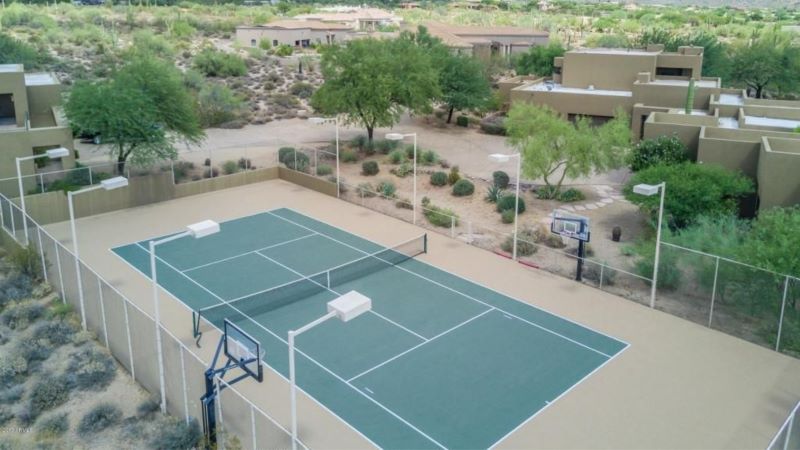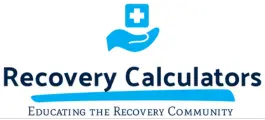For those in recovery, sober living homes offer a supportive space to continue their journey. These homes provide a drug-free living environment where individuals can build life skills, develop healthy routines, and connect with others who are also recovering from addiction. Below, we’ll dive into how sober living works, its benefits, associated costs, and what to consider when choosing a sober living home.
Questions answered in this article:
Our Alcohol Addiction Treatment Centers

Scottsdale Rehab
Luxury Personalized Rehab

HART Rehab
Holistic Luxury Personalized Rehab

Scottsdale Detox
Luxury Medical Detox
What is Sober Living?
Sober living homes are drug- and alcohol-free residences designed to help individuals in recovery transition back into everyday life. They are less restrictive than inpatient facilities but still provide structure and support for those aiming to maintain sobriety. Residents often come to sober living after substance abuse treatment and use this living situation as a bridge to independent living.
Unlike treatment centers, sober living homes do not offer formal therapy. Instead, they provide a safe, stable place where residents can work, attend school, or engage in other daily activities while continuing their journey of sobriety. Rules vary, but common expectations include regular drug testing, house meetings, and curfews to ensure a responsible and supportive environment.
How Does Sober Living Work?
These homes offer a structured yet independent daily routine. While residents have freedom, they also follow specific rules to create a stable environment. These sober living homes rules typically include:
- Staying substance-free and strict abstinence
- Mandatory attendance to house meetings
- Respecting curfew and quiet hours
- Participating in house chores
- No romantic or sexual relationships between residents
Regular drug tests help maintain accountability. Many homes also require residents to participate in house chores, creating a shared responsibility that strengthens the community bond.
Residents must show commitment to their recovery. Paying rent is typically required, and many residents work or attend school. Having a daily routine and responsibilities supports their reintegration into society.
In addition to maintaining sobriety, residents often commit to mental health and wellness by attending support groups or therapy outside the home. This balanced structure of accountability and independence makes sober living houses ideal for those committed to their recovery journey.
Don’t let substance abuse steal your future.
Reach out for the support you deserve.
Benefits of Sober Living Homes
Sober homes offer several advantages for people recovering from addiction. Here are some core benefits:
1. Supportive Community
Living in a sober environment helps residents connect with others facing similar challenges. The camaraderie built within the home fosters encouragement, understanding, and mutual support.
2. Skill Building for Long-Term Recovery
Residents develop essential life skills like budgeting, time management, and self-care. This environment supports those who may have missed or struggled with these skills during active addiction.
3. Transition to Daily Life
A sober living home eases the transition back into everyday life. Residents build routines, set goals, and learn how to navigate their personal and professional lives soberly. These homes prepare individuals for long-term recovery and self-sufficiency.
4. Positive Mental Health Impact
Sober environments promote mental health by reducing isolation. Living in a community that understands the challenges of addiction creates a healing, supportive environment, which can reduce feelings of anxiety or depression often associated with early recovery.
Sober Living vs. Halfway House
Sober living homes typically provide a more flexible environment, allowing residents to work, study, and gradually reintegrate into society. Halfway houses, however, often serve as court-mandated residences for people re-entering society after incarceration. These facilities have stricter rules, including mandatory curfews and employment requirements.
Sober living homes are open to individuals recovering from addiction and are usually not government-funded. In contrast, halfway houses often serve people reintegrating after time in the legal system. Both sober living homes and halfway houses play significant roles in supporting individuals, but sober homes are generally more focused on recovery from addiction.
How Much Does Sober Living Cost?
The cost of sober living varies widely. Several factors impact the living cost in sober homes, including location, amenities, and the degree of support.
The average cost of sober living can range from $500 to $2,000 per month, depending on the area and services offered. Luxury sober living homes may be higher, offering additional services like wellness programs and private rooms.
Paying rent on time is a common rule in sober living. Some homes offer financial assistance or sliding scale fees based on income. Preparing financially for the costs of sober living can make the transition easier.
Does Insurance Cover Sober Living Homes?
In many cases, health insurance plans do not fully cover the costs of sober living. While some plans may contribute, sober living is often considered a housing cost rather than a healthcare cost. However, some insurance plans may cover partial costs, especially if the home includes structured recovery programs.
To determine if your health insurance will cover sober living, it’s best to check directly with your provider. Ask if your plan includes any support for addiction recovery housing or related services. Not all insurance plans are the same, so it’s worth making sure you understand what your policy offers.
Some residents may qualify for state-funded support programs that help cover the costs of sober living homes. Medicaid, for example, may provide assistance in certain states, particularly for low-income individuals needing continued support in recovery.
Finding the Right Sober Living Home Near Me
When choosing a sober living home, consider these steps to find the best fit:
Research the Options
Evaluate potential homes based on location, reputation, and available amenities. Some facilities may offer private rooms, on-site staff, or access to support groups, while others provide more independent setups.
Questions to Ask
Ask about sober living homes rules, cost, and available support resources. Confirm if the facility offers mental health support or if it partners with local services for ongoing care. Discuss payment options, including whether you can pay for sober living monthly or if there are financial assistance programs.
Evaluating the Community Environment
Choosing a home with a positive living environment is crucial. Look for homes that promote a sense of community and provide a safe, structured space. Talk with current or former residents if possible to get insights into the house culture and expectations.
Seeking help is a powerful first step in the journey to sobriety. Recovery is challenging, and trying to face it alone can increase the risk of relapse and prolonged struggles with addiction. Sober living homes provide a network of support that can make a significant difference.


